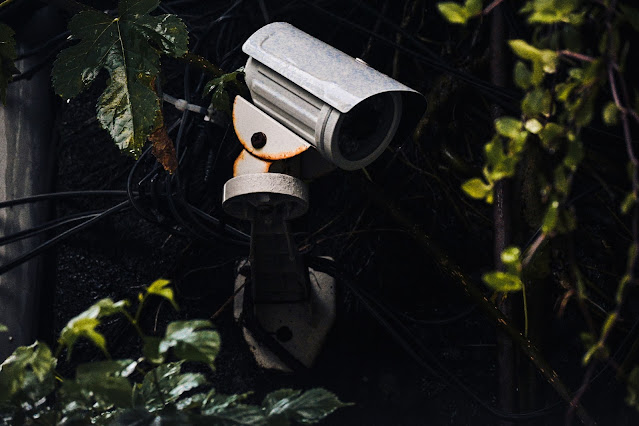What's the Problem with Low-cost Air Quality Sensors?
Air Quality Sensor
Cities' ever-increasing populations contribute to the increase of motorised vehicles, one of the most significant sources of air pollution. Air pollution is a big issue that contributes to millions of early deaths worldwide. Air pollution is linked to several diseases, symptoms, and ailments that harm one's health and quality of life. Furthermore, air pollution contributes to global climate change.
An air quality sensor is a device designed to detect the quality of the outdoor air. In air pollution, the air quality sensors alarm the policymakers to develop a better measure to control air pollution.
The increased air pollution has necessitated the need for air quality sensors. In an attempt to solve the air pollution problem, the production of low-cost air quality sensors has equally increased. The low-cost air quality sensors assist in raising awareness of monitoring air quality, but they lack advanced technology to produce reliable assessments of the current air conditions.
Why low-cost air quality sensors are so popular
Given the necessity of good air quality, several manufacturers realised that low-cost air quality sensors were required. They concluded that the only way to begin cleaning up the air is to measure its quality. If you're planning an event, the low-cost air quality monitoring option may be appealing.
Although there are a few issues you'll run across that could make things difficult for your company. The most serious difficulties are caused by ozone and certain fine particulate matter, and you never know whether your poor air quality meter will detect the most critical issues.
Reasons why low-cost air quality sensors are unreliable.
Limited distance coverage
Most low-cost air quality sensors can cover up to less than one kilometre. One kilometre is a minor distance considering the size of the atmosphere. Relying on an air quality sensor that covers this small distance is uneconomical.
Accuracy
Low-cost air quality sensors can be used to detect specific pollutants in the air. However, the accuracy of low-cost air quality sensor readings cannot be depended upon without in-depth analysis of air quality.
Low-cost air quality sensors cannot distinguish between pollutant types. You can find yourself in a position where the meter says everything is good, but the air contains many ozone or other pollutants.
The importance of the location site in delivering accurate and usable data cannot be overstated. As a result, if the air quality sensor placement is done wrong, the data will be skewed and inconsistent.
Solving the problems
Buying High-quality air sensors with more advanced specifying features can help solve the problem. Low-cost sensors may not be able to distinguish between pollutants, they only adjust, but they won't say why in particular. A high-quality monitor can help you understand this by providing readings of what's in the air at any given time. Realising what is in your air can give you peace of mind and identify pollution patterns or origins and allow you to take preventative measures.
Using satellites to increase distance coverage is also a solution. Air quality sensors can be installed in satellites to monitor global air quality; this will help solve greater issues like climate change.
In conclusion, low-cost air quality sensors are not the ultimate air pollution solution; advanced technology needs to be incorporated to increase accuracy and reliability.




Comments
Post a Comment